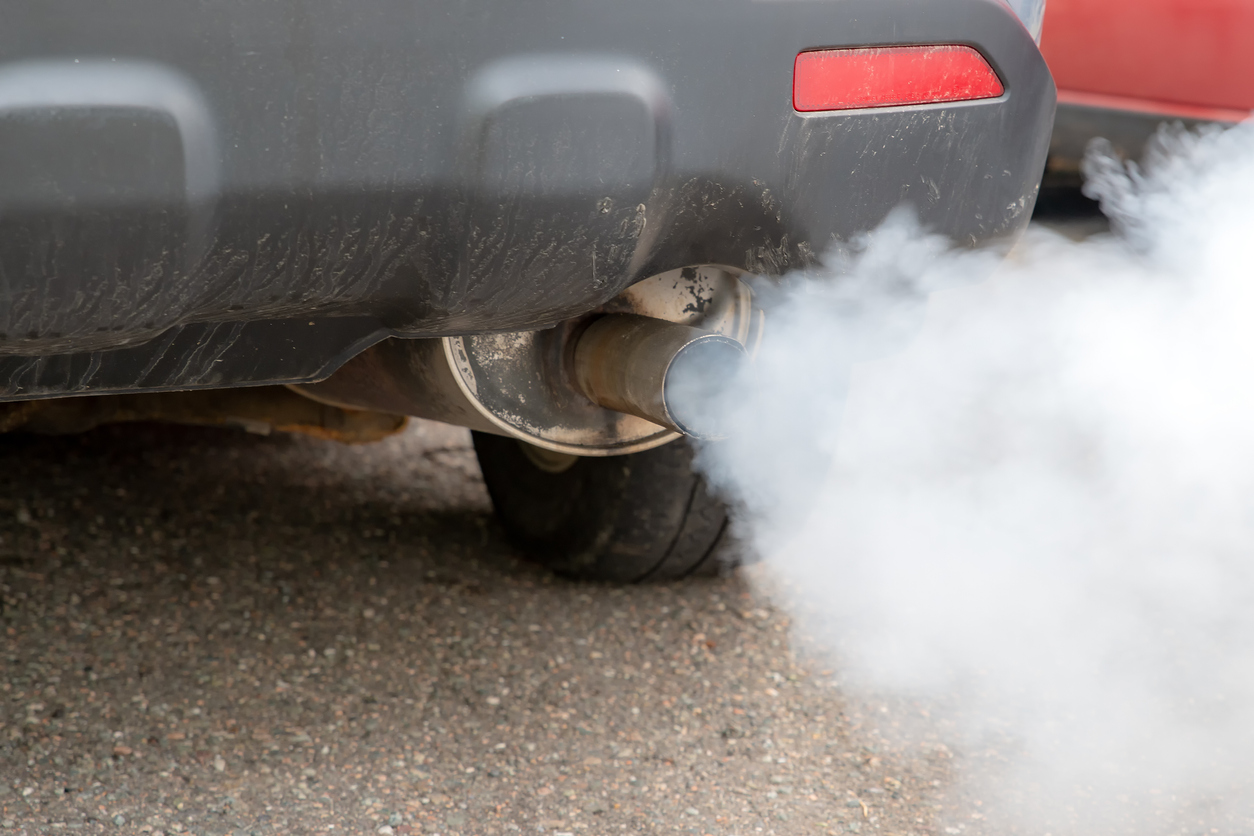Beware the “Silent Killer”: The Increased Risk of Carbon Monoxide Poisoning During Winter

As colder temperatures set in, a unique set of risks emerges. Typically, ‘winter risks’ evoke thoughts of icy roads, impaired driving visibility, and slippery stairs and walkways. Less known, however, is the heightened risk of carbon monoxide poisoning that accompanies the winter season. This article discusses the enhanced risk of carbon-monoxide poisoning during winter months, and provides some safety strategies to help minimize the risk of carbon monoxide poisoning.
Carbon monoxide, a colourless and odorless gas, is often referred to as the “silent killer”. Carbon monoxide is produced by the combustion of carbon-containing fuels in devices like vehicle engines, gas stoves, fireplaces, and BBQs. Inhaling carbon monoxide is extremely dangerous. When carbon monoxide enters the bloodstream, it binds with hemoglobin, inhibiting the blood’s ability to carry oxygen. Exposure to excessive levels of carbon monoxide can cause symptoms that range from dizziness and headaches to life-threatening conditions and even death.
Some winter risks related to carbon monoxide are immediately apparent. For example, pre-heating your vehicle inside a closed garage, especially a small one, is unsafe. This practice not only poses a risk to those using the garage, but it also allows carbon monoxide to accumulate and potentially seep into connected buildings. Therefore, always open the garage door before starting your vehicle. After starting your vehicle, leave promptly, and if possible, ventilate the garage after exiting.
Emergencies and power outages can significantly increase the risk of carbon monoxide poisoning. During winter power outages, people may be tempted to use alternative fuel sources for heating in enclosed spaces, which poses a severe danger. According to the Centers for Disease Control more than 400 people die in the U.S. from accidental non-fire related carbon monoxide poisoning each year.”[1] Therefore, using a propane heater, an open oven, or a BBQ to heat a home during an unexpected winter outage is incredibly unwise.
Drivers parking their vehicles outdoors in winter face a potentially unknown carbon monoxide risk. Carbon monoxide poisoning can occur if tailpipes are clogged with ice and snow. Dr. David Kaiser, a Montreal-based public health and preventive medicine specialist, warns, “If the car is started before the tailpipe is cleared, it can take as little as a minute for enough carbon monoxide to build up that it reaches dangerous levels”. [2] In 2017, four people in Montreal lost their lives after sitting in a snow-encased, running vehicle.[3] The crucial takeaway is to always check and clear your tailpipe before starting your vehicle in winter.
The risks mentioned above can be mitigated. If you park in a garage, open your garage door before starting your vehicle, and exit promptly. If you experience an unexpected power outage, bundle up in warm clothing instead of rigging a makeshift heater. If you park outside, always check your tailpipe for ice and snow before starting/entering your vehicle.
Moreover, homeowners can take easy steps to prevent carbon monoxide poisoning. Installing and regularly testing carbon monoxide detectors is the most effective prevention strategy. Additionally, proper ventilation in areas where fuel is burned, such as garages, can significantly reduce risks. Regular checks and maintenance of gas, oil, or coal-burning appliances are also crucial to prevent carbon monoxide buildup due to equipment malfunctions.
Carbon monoxide poisoning can have devastating consequences. If you or someone close to you has been affected by carbon monoxide due to another’s actions, you should consult with an experienced personal injury lawyer.
[1] Preventing Carbon Monoxide Poisoning|Natural Disasters and Severe Weather (cdc.gov)
[2] Montreal doctor warns against dangers of carbon monoxide in snow-covered cars | CBC News
About the Authors

Jordan takes deep satisfaction in advocating for those who have been affected by serious personal injuries. His practice focuses on motor vehicle collisions, occupiers’ liability, product liability, municipal liability, medical malpractice, wrongful death, accident benefits, and long-term disability claims.
